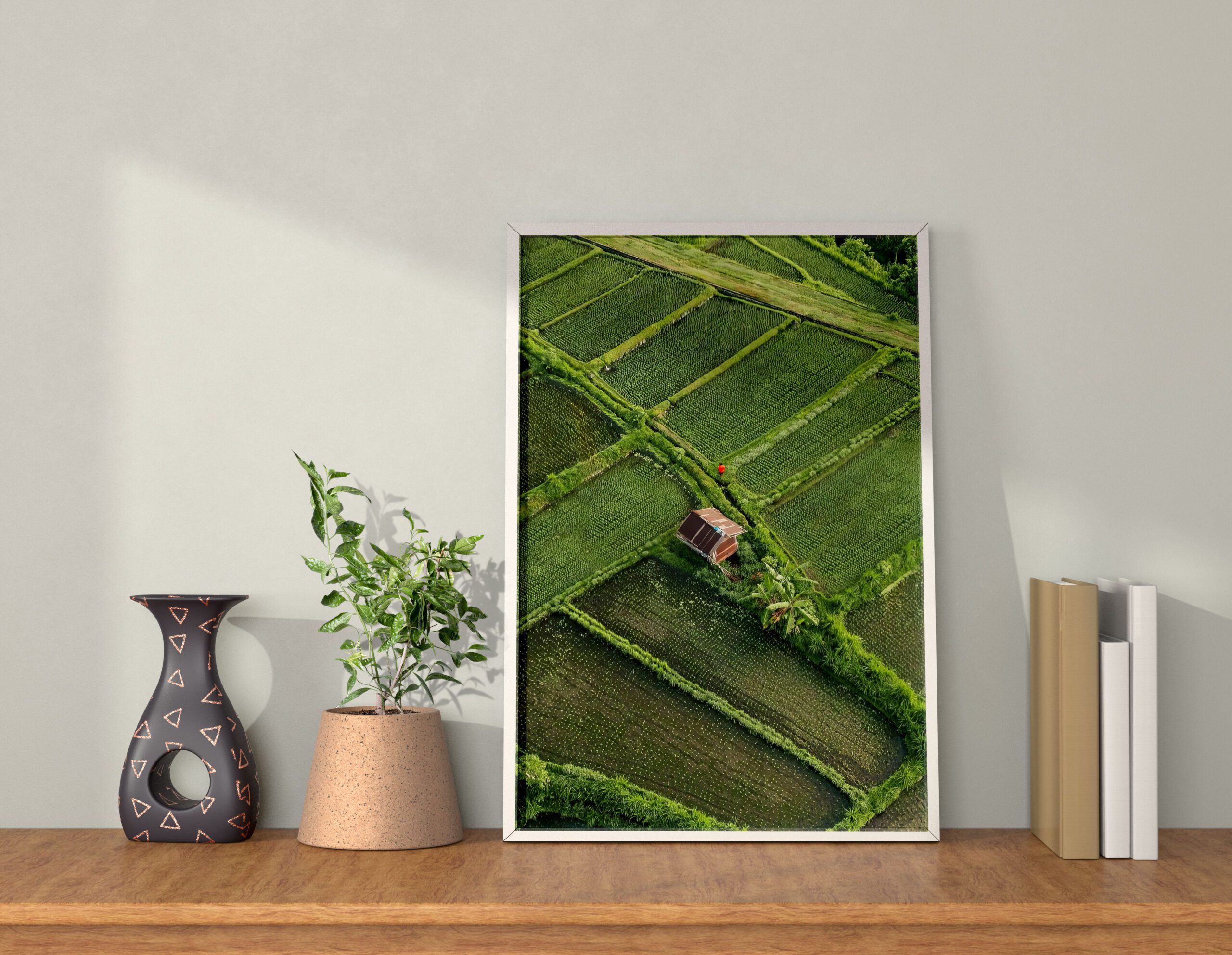Jatiluwih Rice Terraces, Bali
Discover the Stunning Jatiluwih Rice Terraces in Bali – A Must-See UNESCO Site
Bali is renowned for its serene landscapes, and one of the most remarkable sites to visit is the Jatiluwih Rice Terraces. Nestled in the central region of Tabanan, Bali, these vast, emerald-green rice fields are not only a breathtaking sight but also a testament to Bali’s rich agricultural heritage. Recognized as a UNESCO World Heritage Site, the Jatiluwih Rice Terraces provide a glimpse into the island’s traditional farming practices, making it a must-see destination for nature lovers, photographers, and cultural explorers.
Why Jatiluwih Rice Terraces Are Special
The Jatiluwih Rice Terraces are a part of Bali’s ancient subak irrigation system, a cooperative water management method that dates back to the 9th century. This traditional system has helped sustain Bali’s agriculture for centuries, maintaining harmony between people, land, and water. The terraces, shaped meticulously over time, follow the natural contours of the hills, creating an awe-inspiring patchwork of green fields that stretch as far as the eye can see.
Visitors can witness farmers working in these terraced fields, harvesting rice or preparing the soil, offering an authentic view of Balinese rural life. The best part? You can explore the terraces on foot via designated paths, allowing you to soak in the stunning views and experience the peaceful environment.
What to Do at Jatiluwih Rice Terraces
There’s no shortage of activities when visiting the Jatiluwih Rice Terraces. Whether you’re looking for adventure or relaxation, this destination offers a bit of everything:
Trekking Through the Rice Fields
The terraces offer multiple trekking routes that range from easy walks to more extended hikes. As you walk along the paths, you’ll be surrounded by the soothing sound of flowing water from the ancient irrigation canals, making it the perfect spot for a peaceful escape. For a more immersive experience, opt for a guided tour to learn about the history of the subak system and Bali’s unique agricultural methods.
Enjoy Balinese Cuisine
The area surrounding the terraces is dotted with small cafes and restaurants offering authentic Balinese food made from local ingredients, often grown right in the rice fields. Try some traditional dishes while gazing out over the mesmerizing landscape.
Visit the Jatiluwih Village
Adjacent to the rice terraces, Jatiluwih Village is a quaint spot that offers insight into the traditional Balinese lifestyle. You can explore the village and visit local temples, adding a cultural aspect to your visit.
Capture the Perfect Photograph
If you’re a photography enthusiast, the Jatiluwih Rice Terraces provide plenty of picture-perfect moments, especially during sunrise and sunset when the light hits the rice fields just right. The terraces are one of the best places in Bali to capture the island’s natural beauty.
Best Time to Visit Jatiluwih Rice Terraces
Timing is everything when planning a visit to the Jatiluwih Rice Terraces. The best time to visit is during Bali’s dry season, from April to October, when the weather is clear, and the rice fields are at their greenest. Visiting during the early morning or late afternoon ensures a cooler experience, and you’ll avoid the midday heat.
If you’re lucky, you might even witness the rice planting or harvest season, which typically occurs twice a year, offering a unique look at the life cycle of rice in Bali.
How to Get to Jatiluwih Rice Terraces
The Jatiluwih Rice Terraces are located about 50 kilometers from Ubud and can be easily reached by car or scooter. The drive itself is an experience, taking you through scenic landscapes and charming Balinese villages. If you prefer not to drive, many tour operators offer day trips to Jatiluwih from popular tourist hubs like Ubud and Seminyak.
Alternatively, for a more immersive experience, you can hire a local guide who will not only take you to the terraces but also introduce you to lesser-known spots in the area, including nearby temples and natural hot springs.
Why You Should Visit Jatiluwih Rice Terraces
Unlike the more famous Tegallalang Rice Terraces, which can become crowded with tourists, Jatiluwih offers a more peaceful and authentic experience. Its vast size and relatively remote location mean that you can explore the terraces at your own pace, often without the crowds. Plus, the terraces have a much more expansive and dramatic layout, giving visitors a greater appreciation for the skill and dedication that went into their creation.
As a UNESCO World Heritage Site, the Jatiluwih Rice Terraces hold immense cultural significance and are a perfect example of sustainable agriculture. Visiting this site not only offers you a serene escape into nature but also supports the preservation of Bali’s traditional practices and rural communities.
Practical Tips for Visiting Jatiluwih Rice Terraces
- Bring comfortable shoes: The terrain can be uneven, and you’ll be walking a lot.
- Carry water and sun protection: Bali’s sun can be intense, especially during midday.
- Respect the local farmers: The terraces are working rice fields, so be mindful of the farmers and their crops while exploring.
- Stay longer: If you have the time, consider staying overnight in a nearby eco-lodge or homestay to fully immerse yourself in the beauty and tranquility of the area.
Experience the Beauty of Jatiluwih Rice Terraces
The Jatiluwih Rice Terraces in Bali are a hidden gem that offers a peaceful retreat into nature and a deep connection with Bali’s rich cultural heritage. Whether you’re trekking through the terraces, enjoying local cuisine, or simply taking in the view, a visit to this UNESCO World Heritage Site is a must for anyone looking to explore the island’s less-traveled paths.











